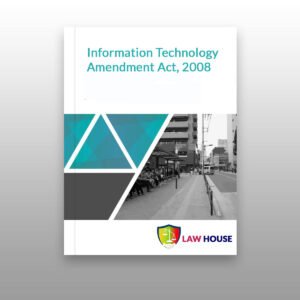Cybercrime against women is a growing concern in many parts of the world, including India. Women are often targeted because of their gender, and the internet can be a tool for perpetrators to harass, intimidate, or exploit them. Here are some common forms of cybercrime that target women:
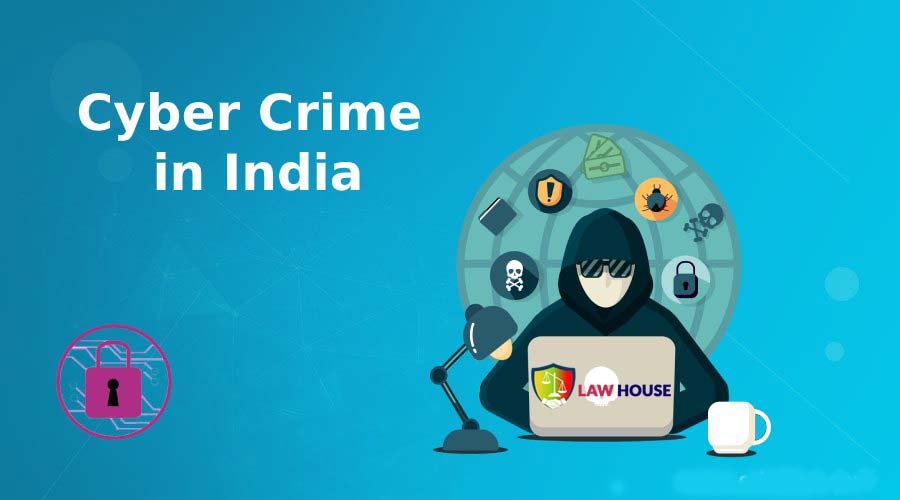
Cybercrime in India | Know with this ultimate guide
- Online harassment: Women may be subjected to online harassment, which can take many forms, including threats, stalking, and trolling. This can have a significant impact on mental health and can even lead to physical harm.
- Cyberstalking: Cyberstalking involves using the internet to harass, intimidate or threaten someone. Women are often targeted by ex-partners or stalkers.
- Revenge porn: This is the unauthorized sharing of intimate images or videos of a person without their consent. Women are disproportionately targeted by this crime.
- Financial fraud: Women may be targeted by fraudsters who use social engineering techniques to trick them into sharing sensitive information such as bank account details.
- Sexual exploitation: Women and girls are often targeted by sex traffickers who use the internet to advertise and sell their services.
- Online dating scams: Women may be targeted by scammers on dating websites who use fake profiles to establish relationships and then ask for money.
What are the types of cybercrime | New exclusive eye-opening guide.
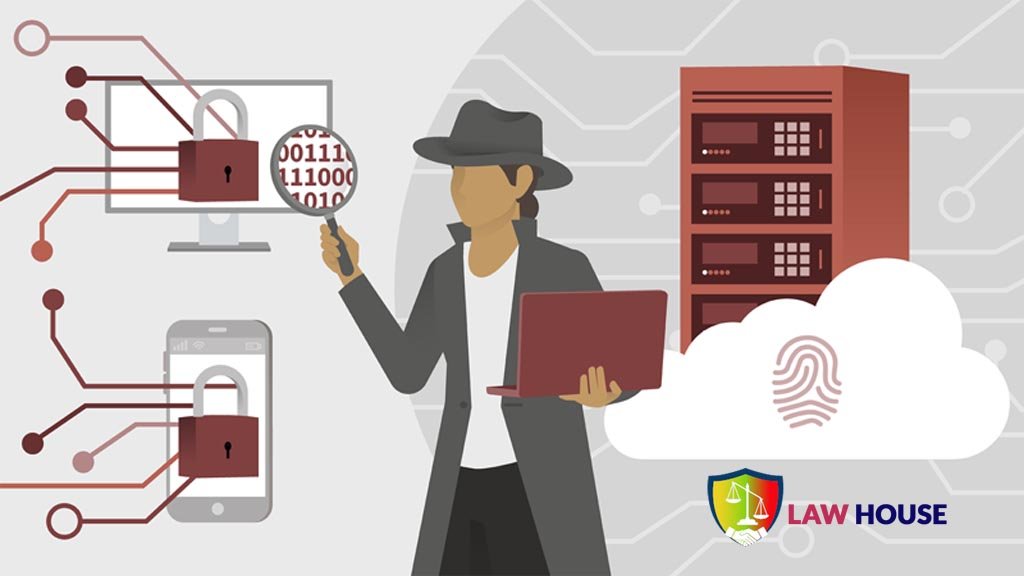
To protect themselves from cybercrime, women can take steps such as using strong passwords, being cautious when sharing personal information online, and reporting any suspicious activity to the appropriate authorities. It’s also important to seek support if you are a victim of cybercrime. There are many organizations that provide resources and support for women who have experienced online harassment or other forms of cybercrime.
Cybercrime Against Women
The most common cybercrimes committed against women are cyber blackmail, threats, cyberpornography, posting and publishing of obscene sexual content, stalking, bullying, defamation, morphing, and the establishment of fake profiles.
As of 2019, the total cybercrime incidents have gone up by 18.4% but the number of cybercrime cases against women has gone up by 28%, as shown by National Crime Record Bureau.
Data showed that 10,730 incidents, or 20.2% of the 52,974 incidents registered in 2021, were reported as crimes against women.
In 2021, Karnataka had the largest share of instances (2,243), followed by Maharashtra (1,697) and Uttar Pradesh (958).

Download the Information Technology Act, 2000.
The conviction rate for cybercrime cases against women
The conviction rate or percentage of case disposal by courts for cybercrime against women is lower than the conviction rate of cybercrime cases. Though the percentage is still lower, it jumped up thrice between 2019 and 2021. That means the conviction rate went up from 10.8 percent in 2019 to 35.2 percent in 2021.
NCRB Report on Cybercrime: All Forms of Cybercrime
A total of 52,974 cases were registered under Cyber Crimes which shows an increase of 5.9% in registration over 2020 (50,035 cases in 2020), and if compared with 2019 data, the number of cybercrime incidents in 2021 has gone up by 18.4 percent.
If we talk about the share of the crime rate under total conducted crimes, it increased from 3.7 in 2020 to 3.9 in 2021.
The majority of cybercrime incidents reported in 2021 (32,230 out of 52,974) had fraud as their primary motivation, followed by sexual exploitation (8.6%; 4,555 cases) and extortion (5.4%).
However, Telangana accounted for the biggest percentage of cybercrime instances overall, with cases rising 282% from 2,691 in 2019 to 10,303 in 2021. The other four states with the most cases were Uttar Pradesh (8,829), Karnataka (8,136), Maharashtra (5,562), and Assam (4,846).

what is cybercrime? [Its the official guide for professional]
States reporting a decline in cybercrime
As compared to 2019, eight among the 28 states recorded a decline in cybercrime incidents in 2021.
Among all states, Uttar Pradesh shows a decline of 22.7 percent in cybercrimes, whereas Karnataka shows a down of 32.3 percent.
Offenses under the IT Act 2000
The IT Act addresses offenses including tampering with computer source documents, which include-
- Section 65- deals with the hacking of computer system
- Section 66- deals with the publishing of information that is obscene in electric form
- Section 67- deals with Access to the protected system
- Section 70- deals with Breach of confidentiality and privacy
Download Information Technology Amendment Act, 2008

Reason for increase in Cybercrime
There are several factors that are responsible for the rise in cybercrime.
- Increase in online traffic
- Lack of awareness
- Lack of technical knowledge among police and people
- Difficulties in investigating cybercrime cases
Why are cases not being registered?
There’s a major difference between a traditional investigation and cyber investigation and to investigate cybercrime some technical skills are required. The police department is neither trained nor equipped for cyber and technical investigations.
Most of the crimes go unreported because women do not have any idea how to proceed further or of shame or fear. The trend is now changing because of better understanding and awareness.
Measures Taken by the Government
According to the Seventh Schedule of the Indian Constitution, “Police” and “Public Order” are State subjects.
Through their Law Enforcement Agencies (LEAs), states and UTs are largely in charge of the prevention, detection, investigation, and prosecution of crimes, including cybercrime. Law enforcement agencies (LEAs) prosecute offenders in accordance with the law’s provisions.
Whereas, the Central Government supports the efforts of the State Governments by providing guidance and financial support through various programs for their capacity building.
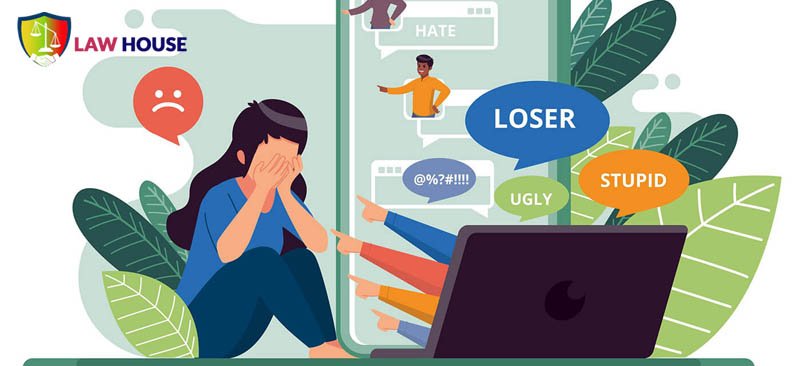
Cybercrime against women during lockdown | an exclusive guide
A few initiatives taken by the central government to improve the situation are mentioned below-
Cyber Crime Prevention against Women & Children (CCPWC) scheme
Ministry of Home Affairs has provided financial assistance to all the States & UTs to strengthen the mechanism to deal with cyber crimes under Cyber Crime Prevention against Women & Children (CCPWC) scheme.
The scheme is an effort to support the states in setting up cyber forensic-cum-training laboratories, training, and hiring junior cyber consultants.
Under the initiative, cyber forensic-cum-training laboratories have been established in 28 States.
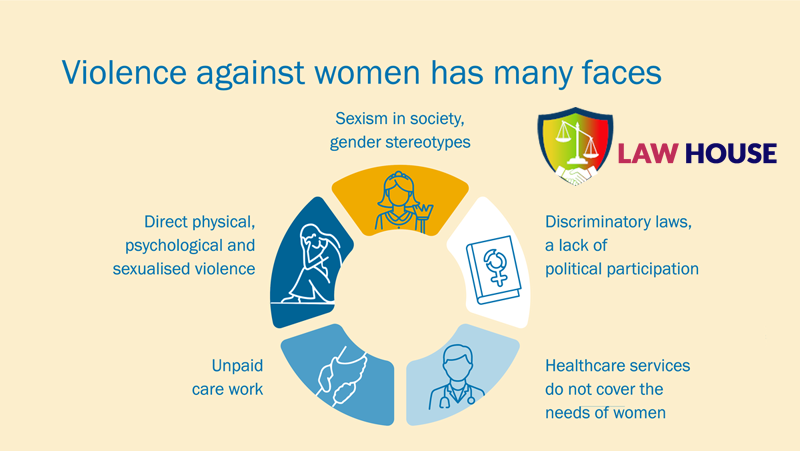
Spreading awareness about cyber crimes
The Central Government has taken action to increase public awareness of cybercrimes, including the issue of alerts and advisories, capacity building and training for law enforcement, prosecutors, and judicial officials, as well as the development of cyberforensic technologies.
Programs are run by the Ministry of Electronics and Information Technology (MeitY) to raise people’s understanding of information security. Information security-specific books, movies, and online resources are created for kids, parents, and general users.
Indian Cyber Crime Coordination Centre (I4C)
To offer a framework and ecosystem for LEAs to deal with cybercrimes in a thorough and coordinated manner, the government established the Indian Cyber Crime Coordination Centre (I4C).
In order to address the issue of jurisdictional complexity, based on hotspots/areas for cybercrime, the I4C has established “Joint Cyber Coordination Teams” in Mewat, Jamtara, Ahmedabad, Hyderabad, Chandigarh, Vishakhapatnam, and Guwahati.
These teams are responsible for providing a strong coordination framework to the LEAs.
National Cyber Crime Reporting Portal
To enable the public to report occurrences pertaining to all sorts of cybercrimes, with a focus on cybercrimes against women and children, the government has developed the National Cyber Crime Reporting Portal (www.cybercrime.gov.in).
A module of the Citizen Financial Cyber Fraud Reporting and Management System has also been introduced to allow for the immediate reporting of financial frauds and to prevent money from being siphoned off by fraudsters.



















![Honey trap in Cybercrime: A to Z guide Exploring Honey Trap in Cyberspace [With Video]](https://www.lawhousekolkata.com/wp-content/uploads/Post-Images/Honey-Trap-300x169.jpg)



































